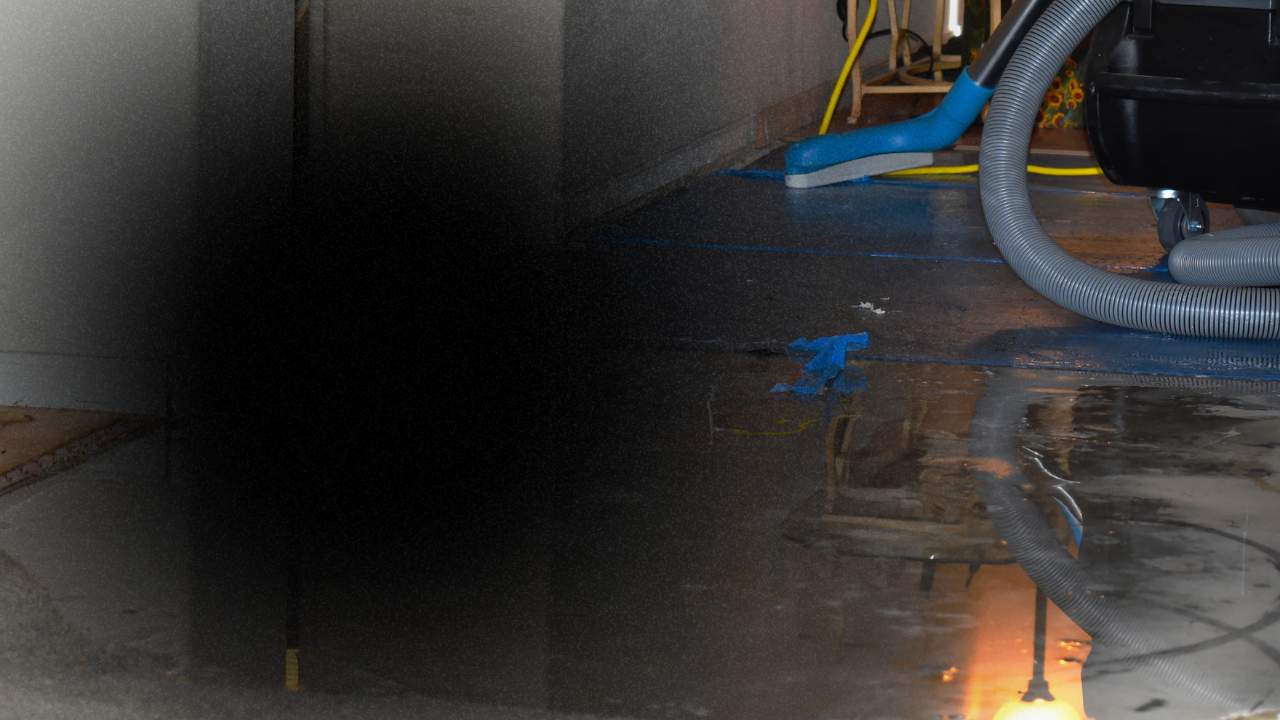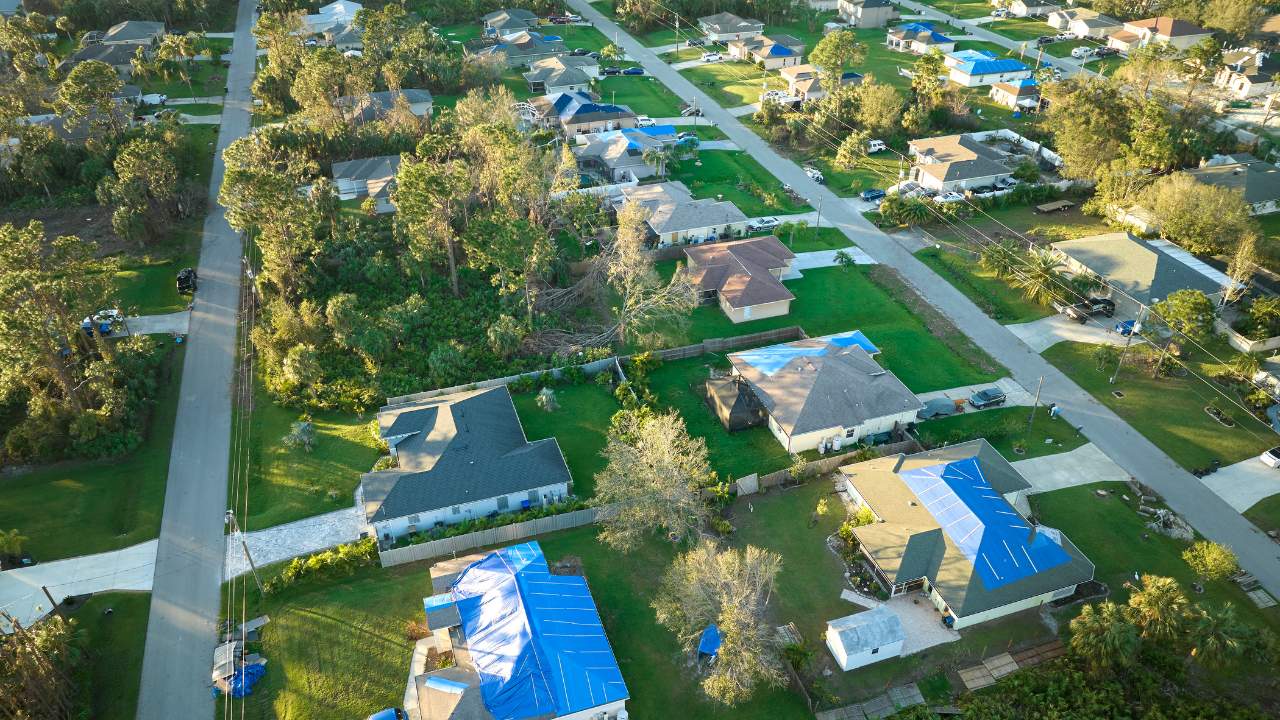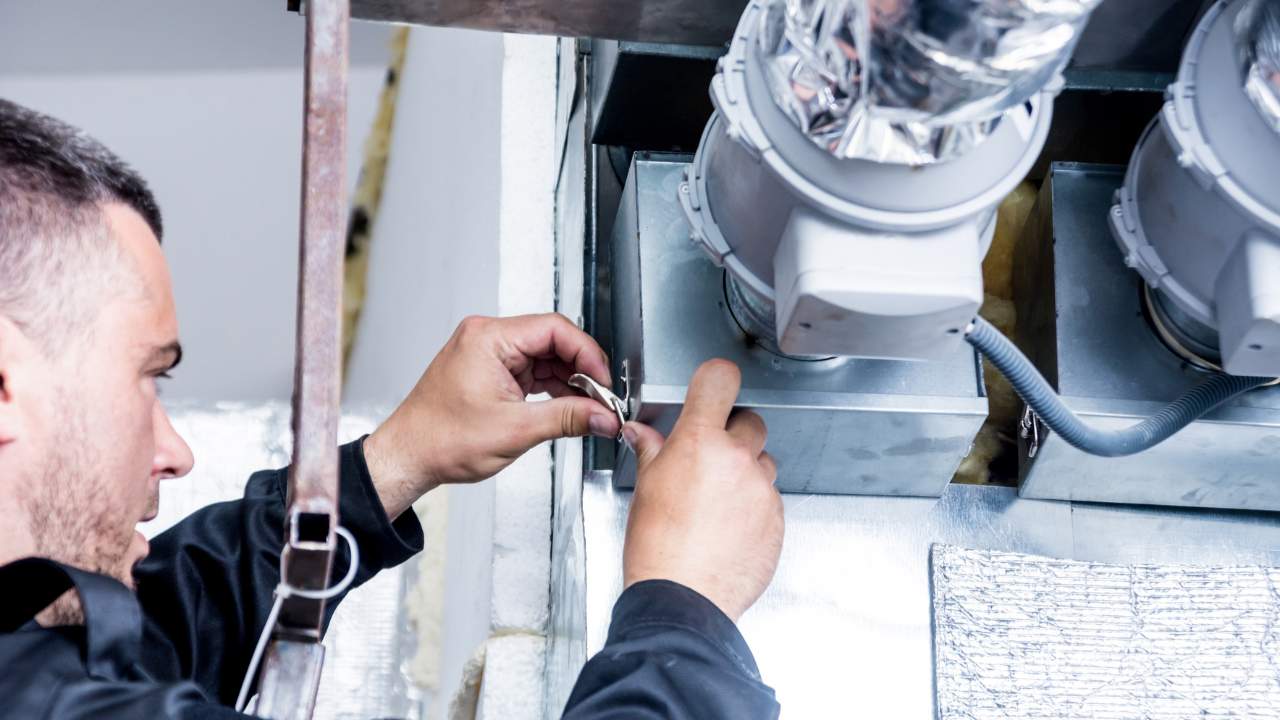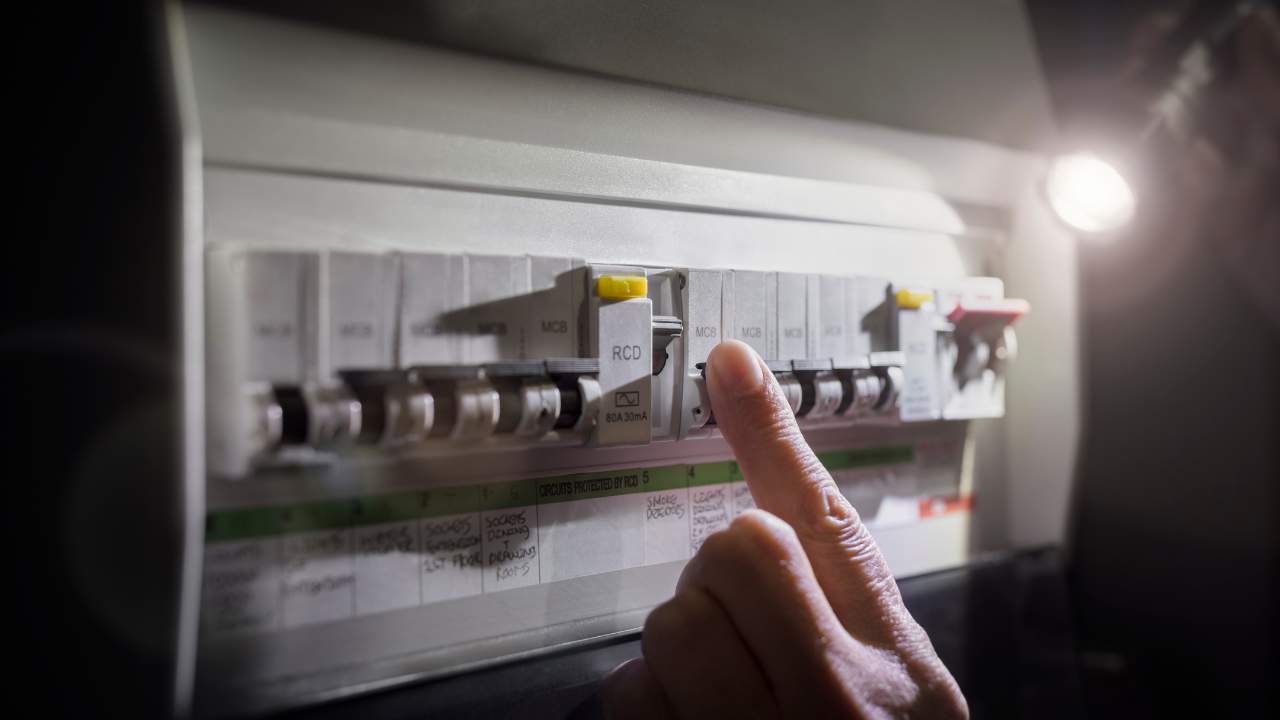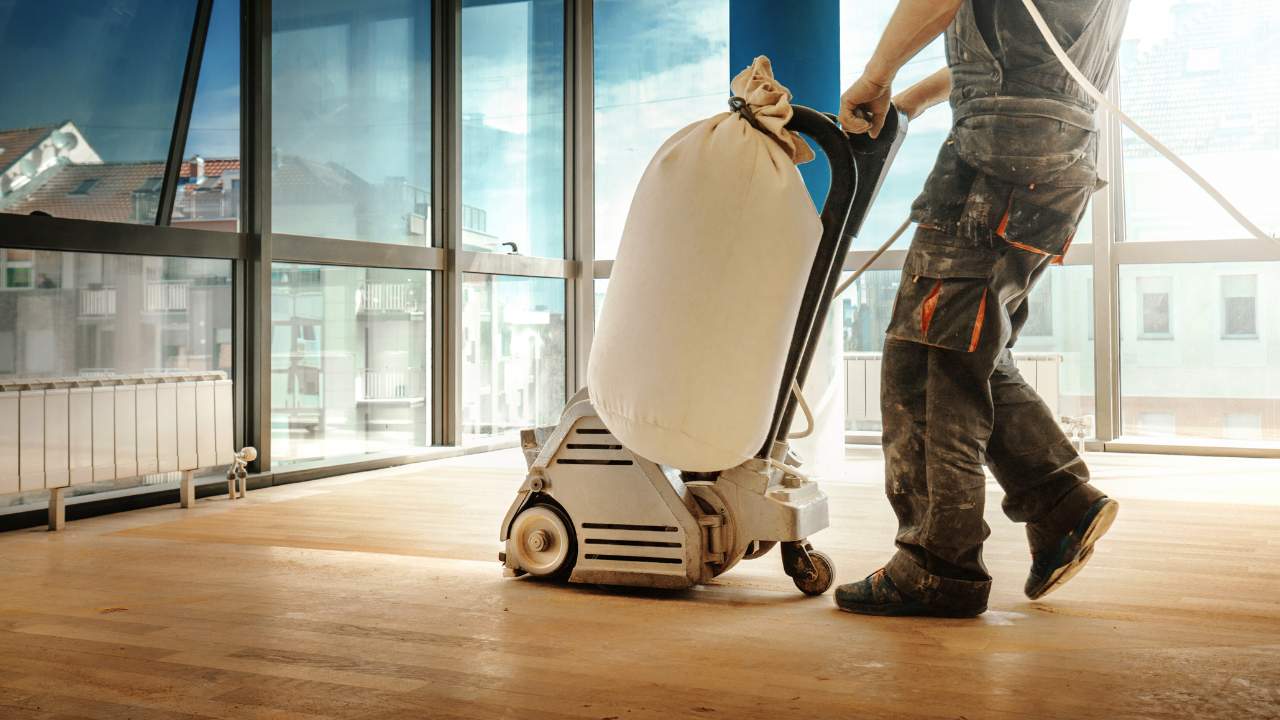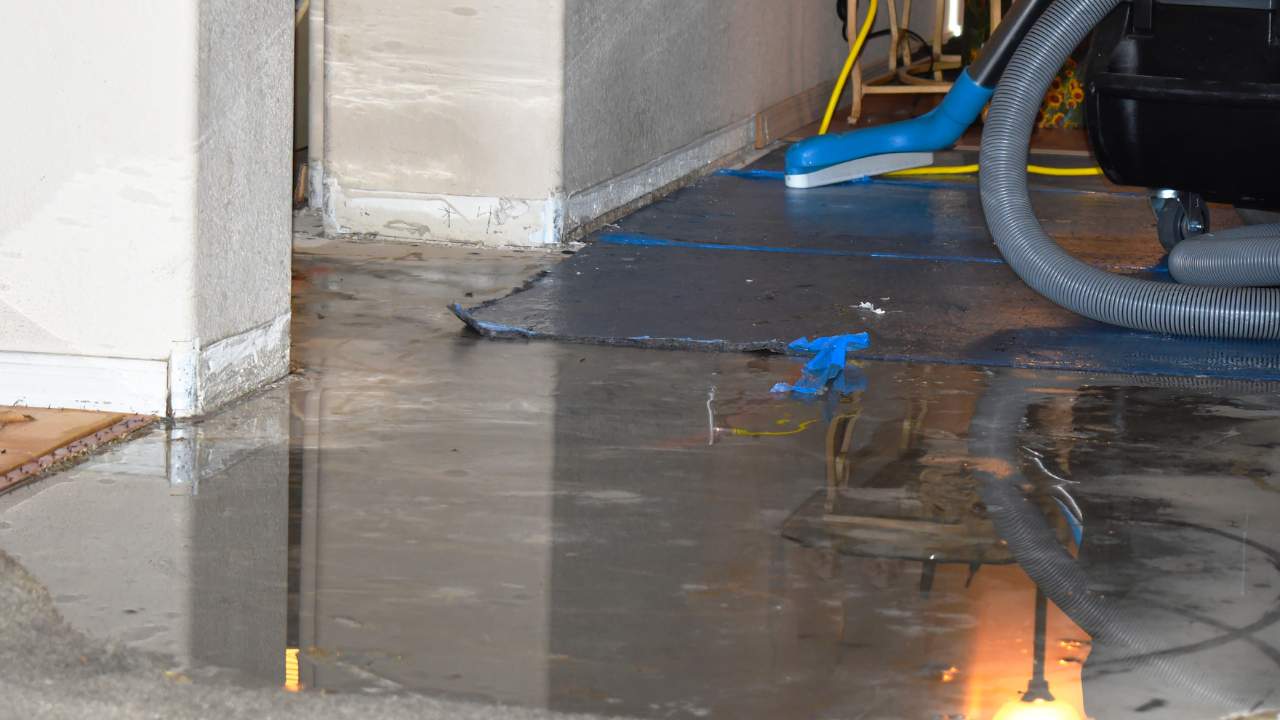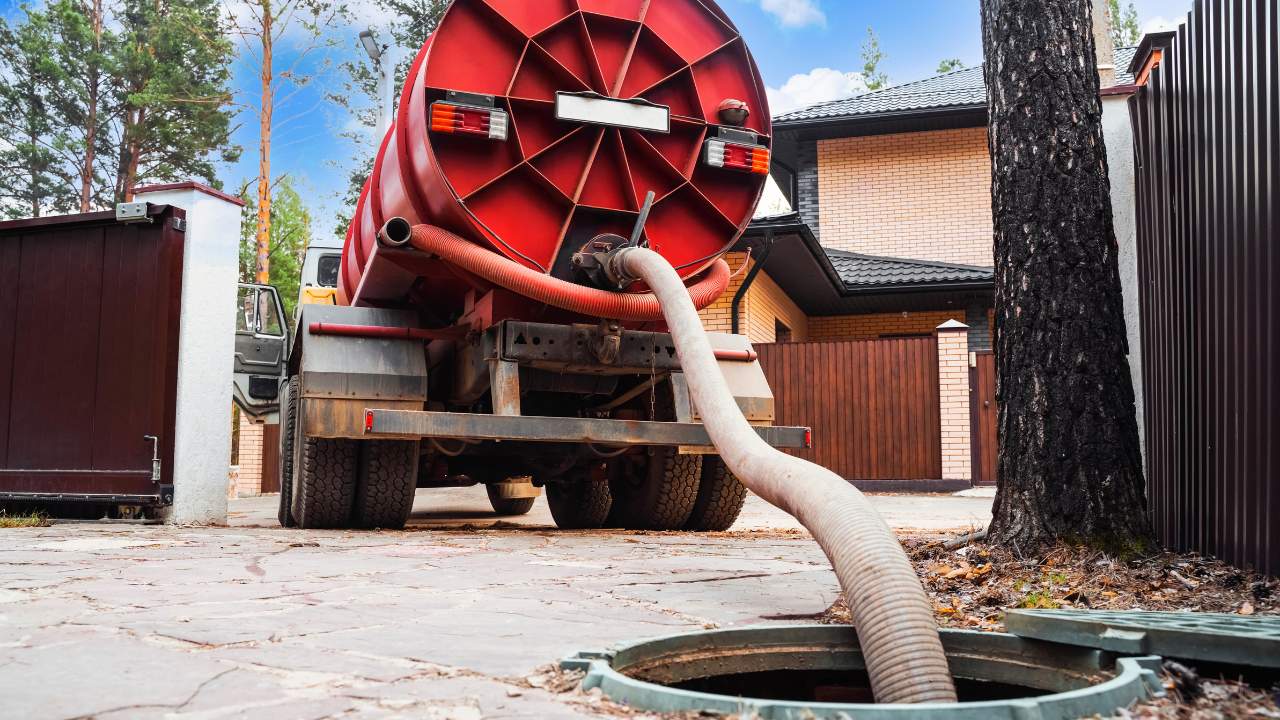Water damage can wreak havoc on your home or business, leading to significant structural damage and costly repairs. If you’re in Jackson and have recently experienced water damage, understanding the restoration process is crucial to safeguarding your property. The earlier you address the damage, the more likely you are to minimize long-term effects and costs. In this guide, we’ll explore the ins and outs of material restoration from water damage in Jackson, helping you navigate through this challenging situation.
From identifying the source of the water intrusion to assessing the damage and implementing effective restoration techniques, we’ve got you covered. Whether you’re dealing with minor leaks or major flooding, knowing the correct steps to take can make a world of difference in how your materials are restored. Get ready to reclaim your space and ensure that your property remains safe and sound with our comprehensive guide on material restoration from water damage in Jackson.
0 best material restoration from water damage in jackson
Understanding Water Damage and Its Impact
Water damage can occur due to various factors, including heavy rain, burst pipes, or even appliance malfunctions. Understanding the type of water damage is essential, as it directly influences the restoration process. There are three categories of water: clean water, gray water, and black water. Clean water comes from a clean source, while gray water may contain some contaminants, and black water is highly contaminated and poses health risks.
When assessing the impact of water damage on materials, consider how different materials react. For instance, wood can warp and swell, drywall can disintegrate, and fabrics can develop mold and mildew if not treated promptly. Recognizing these risks is the first step toward effective material restoration from water damage in Jackson.
Steps for Material Restoration
Restoring materials after water damage requires a systematic approach. Here’s a step-by-step guide to help you through the process:
1. **Ensure Safety First:** Before you begin any restoration, prioritize safety. Turn off electrical systems in the affected area to prevent electrocution. Wear protective gear such as gloves and masks to safeguard against mold and contaminants.
2. **Assess the Damage:** Identify the extent of the damage by inspecting all affected areas. Take note of materials that can be salvaged and those that need replacement. It’s also advisable to document the damage for insurance purposes.
3. **Remove Water:** Use pumps, wet vacuums, or towels to remove standing water. The goal is to eliminate as much water as possible quickly to prevent further damage and mold growth.
4. **Dry the Area:** Once the water is removed, thoroughly dry the affected materials using fans, dehumidifiers, or natural ventilation. Proper drying is crucial in preventing mold development.
5. **Clean and Disinfect:** After the area is dry, clean and disinfect surfaces to eliminate any remaining contaminants. Use appropriate cleaning agents to treat materials like wood, fabric, and drywall.
6. **Repair or Replace Damaged Materials:** Depending on the severity of the damage, you may need to repair or replace materials. For minor damage, sanding and refinishing may suffice, while extensive damage may require complete replacement of drywall, flooring, or cabinetry.
Preventing Future Water Damage
To minimize the risk of future water damage, consider taking proactive measures. Regularly inspect your plumbing, maintain your roof, and ensure proper drainage around your home. Installing a sump pump in susceptible areas can also provide additional protection against flooding.
In conclusion, material restoration from water damage in Jackson is a multi-faceted process that requires prompt action, thorough assessment, and careful execution. By following these steps and taking preventative measures, you can protect your property and enjoy peace of mind.

